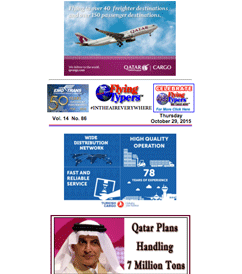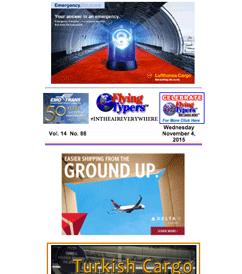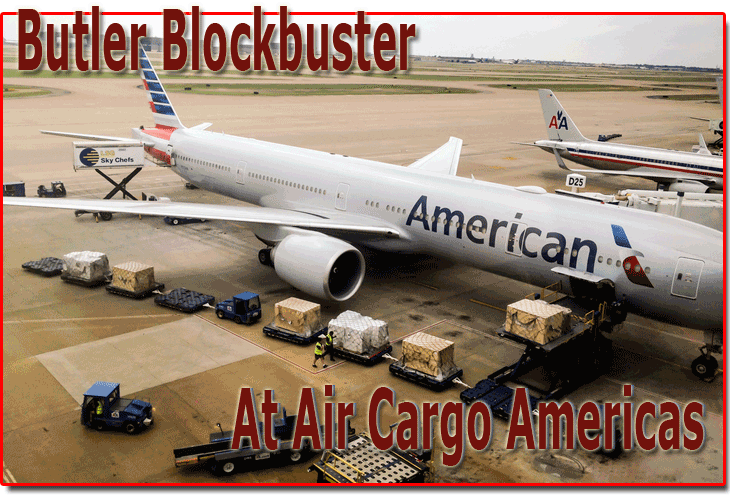
At Air
& SeaCargo Americas luncheon in Miami Wednesday,
a large cross-section of the global air cargo industry
in the room was offered a clear vision of the world
of tomorrow according to Jim Butler, President of American
Cargo, the biggest airline in the world.
Mr. Butler had been mostly
silent since being named to the top AA Cargo post in
2013, laying back during the USAir into American Airlines
era, preferring instead to allow for a learning curve,
whilst at work on combining the forces of two cargo
departments into one greater airline.
Jim’s speech delivered
in a rapid style wasted no time getting right to the
point; was honest and forthright common sense in tone.
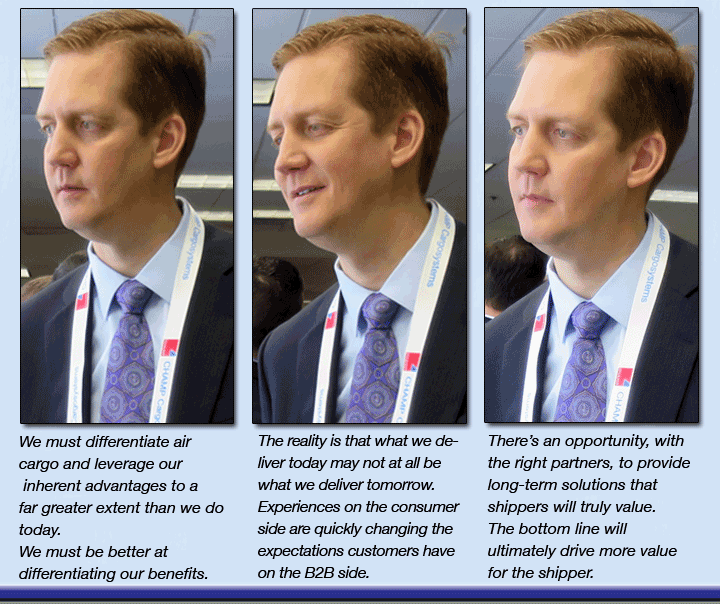
Jim delivered a view of
air cargo through a fresh set of eyes with zeal, whilst
looking for answers, but without apology for airline
or industry.
Jim Butler is a tall guy
maybe 6 foot four. He also has a youthful exuberance
about him. He engages easily in conversation in a room
full of people, you feel he cares about what you are
saying.
But he is also very much
the new generation air cargo executive who appears to
be seriously thinking about things that the industry
at large (judging by panel content at most gatherings,)
has not entirely engaged.
The urgency and deep thought
in Jim Butler’s comments here appeared in stark
contrast directly after what appeared to be artificially
jacked up blah-blah at the earlier public cargo meeting
sessions in a hall across the way.
Jim Butler adds a clear,
new-generation voice to the air cargo experience.
If his first major public
utterances are any indication, air cargo can only hope
he sticks around for a few years in this business. Here,
edited a bit for space, is this rather amazing address.
Differentiate
And Leverage
“Now is a great
time for our industry to recognize the challenges, and
to get ahead of the change by demonstrating forward
thinking as an industry.
“We must differentiate
air cargo and leverage our inherent advantages to a
far greater extent than we do today.
“As an example of
this lack of differentiation, ever since I have entered
this industry, I have heard that one of our biggest
competitors in ocean. If you take transit time alone,
that is like saying that the biggest competitor to a
passenger carrier for long haul travel is a car.
“We must be better
at differentiating our benefits.”
The
World Around Us
“The risk of standing
still is significant. Consider the landscape that we
are living in right now-a world where manufacturers
and service companies alike are all facing much shorter
deadlines, rapid technological change, and more competition
than ever before.
“Product lifecycles
are faster and innovative labor is more accessible to
a larger audience
“Everyday we see
a new technology platform emerge that could produce
near term transformation in the logistics industry.
“We all know about
Uber and even Uber cargo.
“This 40 billion
dollar company began experimenting with small parcel
movements in Hong Kong earlier this year.
“Just last week,
there was significant press coverage around a small
start up in the Western U.S. which intends to be the
Uber of short and medium haul tracking. It is an ambitious
undertaking, but they are well funded and focused
“That’s just
two examples but there’s plenty of potential disruption
opportunities in logistics.
“Consider also the
evolution of production. 3D printing is expanding at
a blistering pace.
“This can dramatically
change the manufacturing landscape and again change
consumer and vendor expectations for the delivery of
components and finished goods.”
Change
Is In The Air
“The reality is
that what we deliver today may not at all be what we
deliver tomorrow.
“Localized distribution
or near sourcing has changed the way we all experience
commerce on a daily basis.
“Within a few miles
of my home near Dallas sits a massive distribution center
run by Amazon, one of several in the DFW area.
“These centers have
allowed Amazon to move from two-day business delivery
to same day, including Sundays and now even one-hour
delivery in a growing number of cities across the U.S.
“This is having
a tangible effect on consumer expectations for convenience
and service.
“While I understand
that Business to Business is different than Business
to Consumer, experiences on the consumer side are quickly
changing the expectations customers have on the B2B
side.
Time Lines Contrast
“Our industry logistics
chain still averages about a seven-day move, while ocean
provides a 35-day transit time.
“I would argue that
a 35 days transit in ocean may be sustainable for large
scale shipments that are of lower values, are typically
less perishable and used to boost general inventories.
“Air cargo on the
other hand is used for higher value, perishables, urgent
shipments and thus are more susceptible to the disruptive
forces around today.
Great
Expectations
“So we are not left
behind, let’s talk a little about what our partner
will be looking for in the very near future.
“Think for a second
the last time you printed a receipt for something you
purchased online? The process from selection, to checkout,
to arrival on your doorstep is all accomplished in the
digital world and we have simply come to expect the
same in almost all walks of life.
“Yet as an industry,
air cargo still provides significant pushback on moving
towards electronic solutions, such as e-AWB. We have
got to move past this and prioritize a strong push toward
e- freight as the benefits of aggregated data alone
will ultimately open up new strategic opportunities.
I am encouraged by recent momentum but we must get there
quickly.
“Second, shippers
increasingly expect to have visibility on the location
and status of their shipments in real time, accessible
across a variety of platforms such as mobile. Our customers
don’t view this as a nice to have, not in a world
where such visibility has tangible effect on coordinating
production schedules and contingency planning. We must
make headway in this area learning to leverage our own
data to meet our customer’s needs.
“Frankly air cargo
needs to leverage the data to also meet our own needs.
We should have enough visibility into our own operations
that we can see a failure coming long before it happens.
“A failure in the
future should be no accident, but instead should be
a choice we make based on what is best for operations
and our customers.
“Air cargo must
be strong, a transformational leader in the logistics
space going forward because if we don’t some will.
The Road To Change
“So how can we
be ready and what will be our roadmap for change?
“We all have to
embrace technology and partnerships that drive real
change, and that means focusing on speed and visibility,
while driving additional value for our customers.
“Despite air cargo
having a global reach where you can fly to almost any
major commerce center with 24 hours, together our inefficiencies
have combined to slow the time to delivery.
“We need to be faster.
“The industry has
been very fractured and speed will require alignment
from the key players, forwarders and airlines.
"We need to look
for opportunities to improve all aspects of our business
when it comes to tender, transit, and delivery times.
Transparency
Is Key
“But before we can
talk about integrated options for shippers, we have
a long way to go towards providing timely and accurate
updates to one another to increase speed and improve
efficiencies. A quick example, “tendered vs. booked”
has historically been a challenge, as has extensive
driver queues at the dock.
Both of these problems
could benefit from automated communication platforms
as an easy way to exchange information and allow better
planning. Being able to quickly transmit last minute
changes to shipments, prior to arrival at a cargo facility,
would enable air carriers to reduce the potential for
refusals.
“And knowing when
drivers are en route, could lead to better traffic flow
at the airport facility, helping drive cost efficiencies
for the forwarder through better resource utilization.
“It also means creating
partnerships between the shipper, forwarder, and airline.
"The lack of stronger
partnership today drives inefficiency and causes issues
and shippers are increasingly asking for more long-term
integrated solutions.
The
Bottom Line
“It's no longer
about simply connecting more dots on a map, it’s
about ensuring product integrity throughout the supply
chain, and delivering an expected level of service from
one handoff to another. There’s an opportunity,
with the right partners, to provide long-term solutions
that shippers will truly value, and in many cases may
be willing to pay a premium to access.
“The bottom line
will ultimately drive more value for the shipper.
"What does that mean?
"Reduced transit
times, increased reliability and less damage, and new
services built around specialty products, all of which
can help differentiate air cargo.
The Partnership
“I recognize prior
reluctance by our partners, as there was fear airlines
would go directly to the shipper. As an airline I see
little opportunity to do this.
"While I do believe
more passenger carriers like American are seeing cargo
as strategic, our forwarding and integrated customers
provide services an airline can never provide.
“With these steps
and more, we believe we’re on the right path to
providing a significantly enhanced customer experience
in the near future, and are preparing the team to innovate
and collaborate with our partners going forward.
“And as we create
a renewed platform, remove paper and look to build a
complete offering, we are looking at partnerships in
a whole new light in order to, ultimately, provide customers
with a better more reliable and differentiated experience.
“We’re excited
and optimistic about the future in the air cargo industry.
That future comes with change, but it is the only path
if we are going to see the industry thrive and grow.”
Geoffrey
|
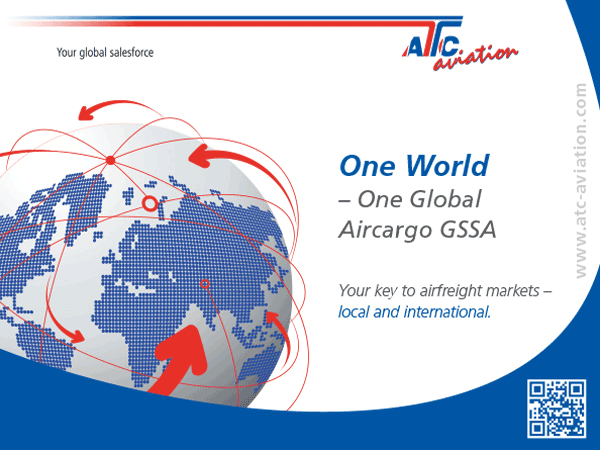
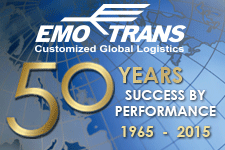

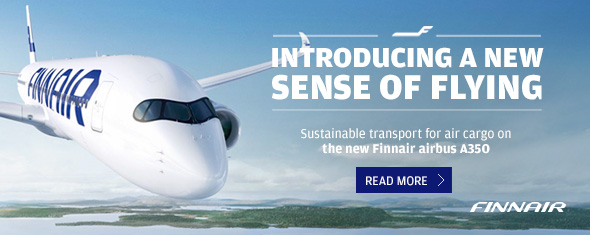
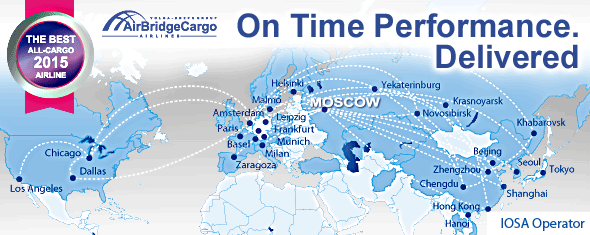




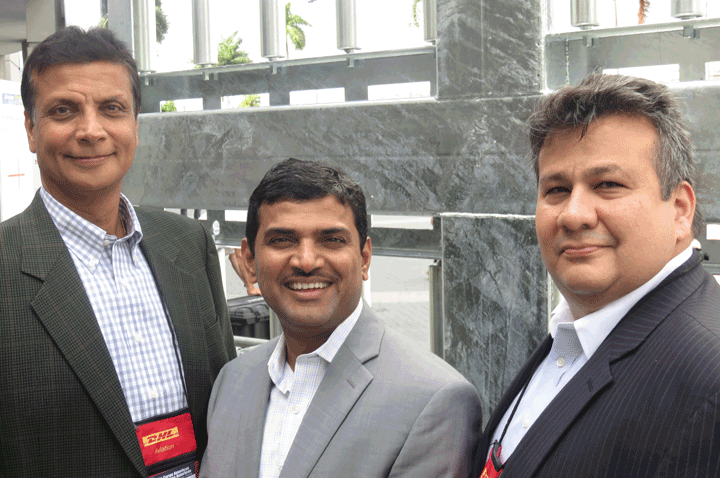




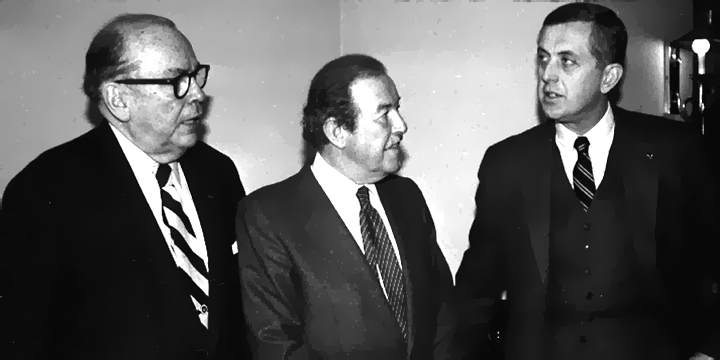
 RE:
RE:
